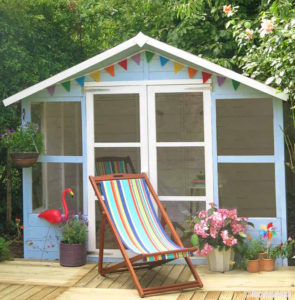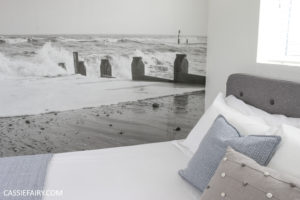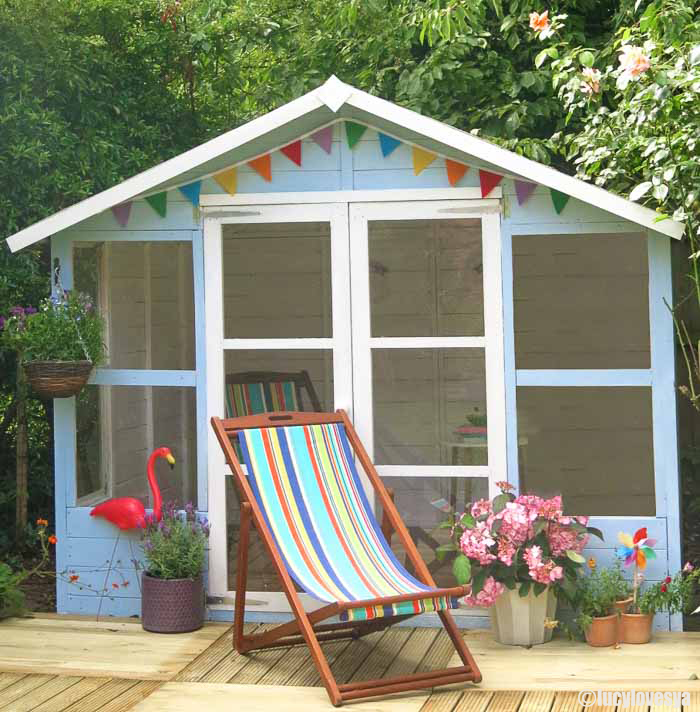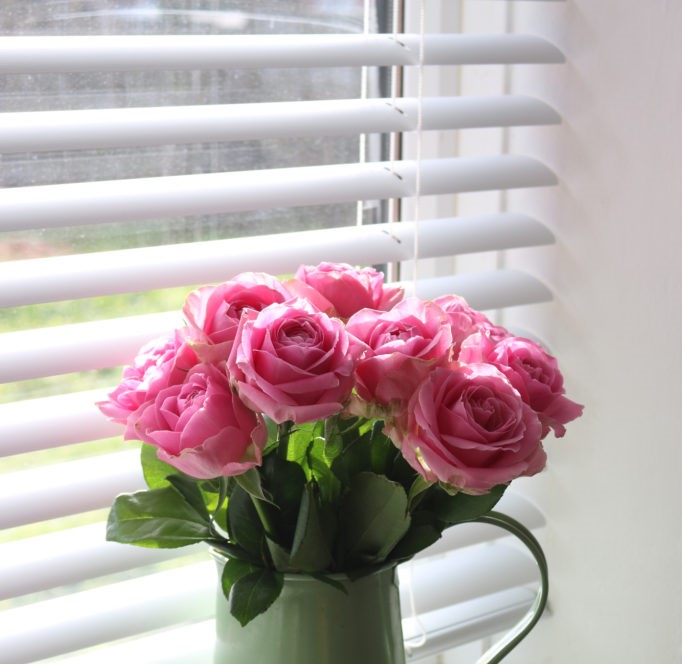There are a number of different types of damp that can occur in the home. This includes condensation, rising damp, and penetrating damp. Having lived in my fair share of rented properties over the years, I’ve experienced quite a lot of these first hand, and it becomes upsetting after a while, I can tell you. That’s why I’ve done my research on the problem; I definitely don’t want to have damp now that I have my own home. No matter what type of damp you are experiencing at your property, it is important to deal with the issue, as it can cause health problems. With that in mind, I’ve decided to blog the things I’ve learnt about dampness, and how to spot it in your home.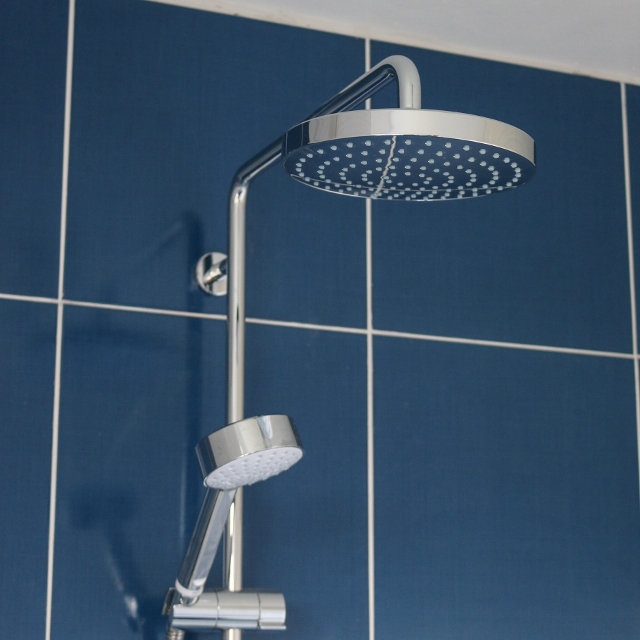
How does damp impact your health?
Before I get onto the tell-tale signs of damp, it is important to recognise the different ways in which damp can impact your health. Damp can give rise to mould, dust mites, pests, and bacteria, all of which have a negative impact on a person’s well-being. Mould, especially, is very dangerous, as it can cause allergic reactions and respiratory illnesses. I’ve also found it very distressing to live in mouldy houses over the years – especially when I can’t do anything about it and the landlord won’t tackle the problem. This is why it is so important to invest in damp proofing to ensure your house does not get affected in the first place. I hope my previous landlords are reading this..!
Signs of penetrating damp in your home
As I mentioned earlier, there are different types of damp, and so there are a number of symptoms to look out for. Penetrating damp, which is usually caused by structural problems in a property, tends to show up through damp patches on ceilings or walls. These patches will get darker when it rains. If you liv in an older building that has solid walls, you are more likely to suffer from penetrating damp. This is because cavity walls supply a degree of protection. Therefore, anyone living in an older or period property should conduct regular searches to ensure damp has not become a major problem.
How to spot rising damp
Next, we have rising damp, which tends to occur when your home is situated at a lower level than the ground outside of your house. There are a number of signs that indicate your property is suffering from this type of damp. If you notice peeling wallpaper and paint with wet patches around the bottom of the walls, this is likely to be rising damp. Damaged plaster or skirting boards are also indicators of this kind of damp. You may also notice tide marks across your walls. This occurs because rising damp can dissolve soluble salts from building materials and the ground, which form a white powder-like substance when they crystallise. This, as well as the water, can leave tide marks. You may also notice damp patches on your floor or that floor coverings are lifting if the problem is coming up from the floor.
Coping with condensation
Finally, we have the most common type of damp, which is condensation. This is caused by moist air condensing on walls, and it mostly happens in rooms which create a lot of moisture such as in bathrooms and kitchens. It can be made worse by poor ventilation, so this is something to keep in mind. Keep window vents open in these rooms, and be sure to open windows when you’re creating steam. So, what are the signs that you have condensation in your home? Unpleasant smells, dark mould appearing, especially around windows or on glass, and water droplets on walls or windows are all signs of condensation. Condensation may not seem like a big deal, but if it is left untreated, it can cause your window frames to decay and plaster and paint to be damaged.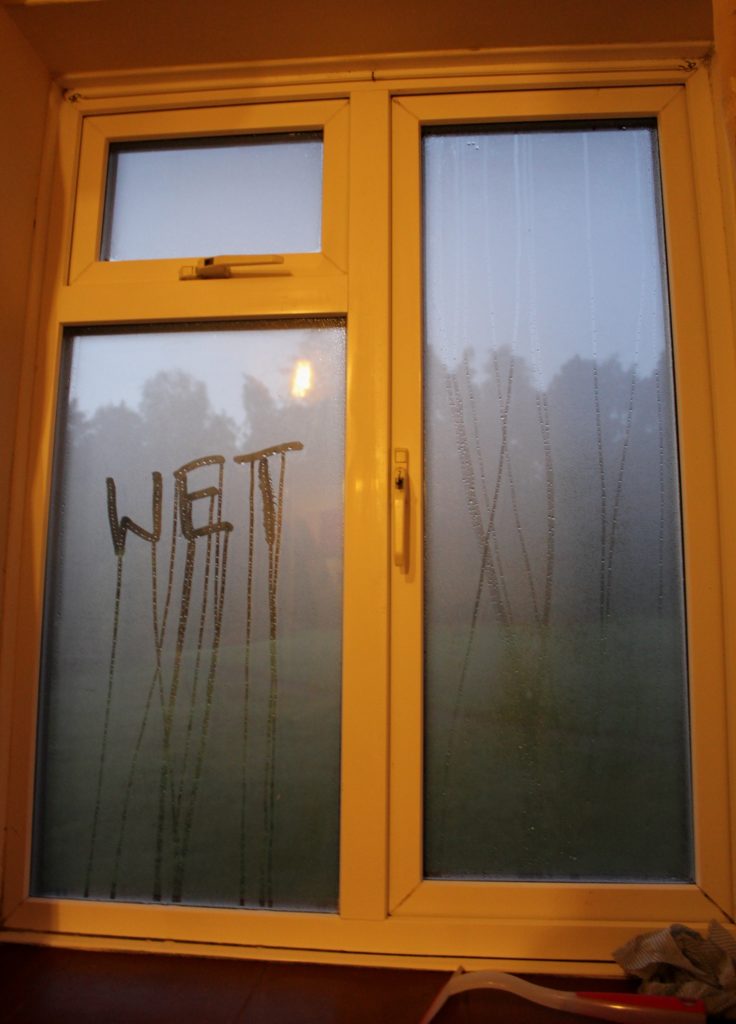 I hope this blog post has given you a better understanding of how damp appears in the home. If you notice any of the symptoms mentioned above, rectify the issue as soon as you can to ensure you don’t experience such damp issues in the future. After all, living with unsightly damp might not just cause you embarrassment when friends come over, or cost you a house sale, it is a big health hazard too! Let me know your solutions to damp in the comments below 🙂
I hope this blog post has given you a better understanding of how damp appears in the home. If you notice any of the symptoms mentioned above, rectify the issue as soon as you can to ensure you don’t experience such damp issues in the future. After all, living with unsightly damp might not just cause you embarrassment when friends come over, or cost you a house sale, it is a big health hazard too! Let me know your solutions to damp in the comments below 🙂
This blog post is an advertisement feature that has been written in collaboration with a sponsor. The pink links in this post indicate a sponsored link 🙂









